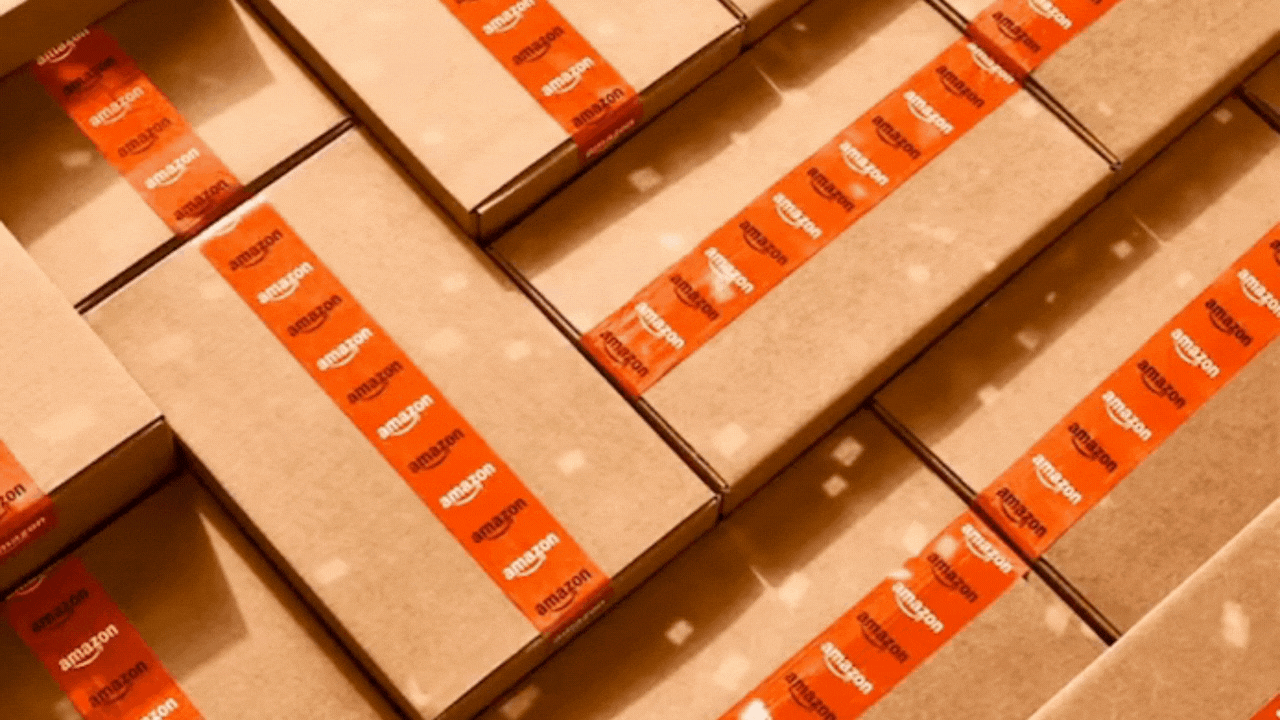Understanding the Scarcity Effect in Amazon Flex 📦✨
What is the Scarcity Effect?
The scarcity effect is a psychological principle where people place a higher value on something they perceive as limited or hard to get. This effect is driven by feelings of FOMO (fear of missing out) and loss aversion—the fear of losing an opportunity can lead to quick, often impulsive decisions, overriding rational thinking.
How Amazon Uses the Scarcity Effect
The scarcity effect is used strategically by Amazon's algorithms to manage delivery driver behavior and control labor costs. Here’s how it works:
Slow Release of Blocks — Amazon releases delivery blocks slowly, creating a perception of limited availability. As a result, drivers may choose to accept lower-paying blocks rather than risk waiting for higher-paying ones.
Limited Non-Surge Blocks — There are a limited number of standard (non-surge) blocks available. If drivers aren’t aware of surge pricing, these blocks can go quickly during desirably working hours. This is especially true on weekends when many full-time and part-time drivers are vying for the same opportunities. Saturdays tend to be the worst-paying days due to this fierce competition.
Understanding Surge Pricing
Surge pricing is a primary way that Amazon leverages the scarcity effect:
Fluctuating Pay Rates — When there are more delivery blocks than available drivers—like during bad weather or peak shopping seasons—the pay for those blocks can surge, meaning it increases significantly.
Creating Urgency — As the start time for a block approaches, the pay rate may increase even more. This creates urgency for drivers waiting to grab the most profitable blocks.
Quick Decisions Required — If drivers don’t accept a surged block quickly, the algorithm may lower the pay rate again. This forces drivers to make quick decisions to avoid missing out on potentially higher-paying shifts.
Driver Pool Impact — If too many drivers are available, surge pricing may not happen at all because there’s no shortage of labor.
The Competition for Blocks
Flex drivers often notice that delivery blocks and "instant offers" can disappear almost immediately after they appear in the app. This rapid turnover creates a sense of intense competition and scarcity:
Pressure to Act Fast — The fear of missing out pushes drivers to constantly monitor the app and accept offers quickly, even if the pay isn’t great. This environment fosters stress and competition, allowing Amazon to distribute work at lower rates.
Impact on Amazon Flex Drivers
Here’s how the application of the scarcity effect impacts drivers directly:
Stress and Anxiety — The constant need to secure blocks before they disappear creates a high-pressure situation for drivers, leading to increased anxiety.
Acceptance of Low-Paying Blocks — The fear of not finding any work can lead drivers to accept lower-paying blocks, which reinforces a culture of lower wages across the board.
App Obsession — Many drivers feel compelled to keep refreshing the app to catch desirable offers, which can drain their mental energy and create burnout.
Exploitative Working Conditions — Overall, Amazon’s algorithmic management and the intentional scarcity of high-paying blocks can lead to reduced wages, increased job insecurity, and conditions that some labor advocates describe as precarious and exploitative for independent contractors.


